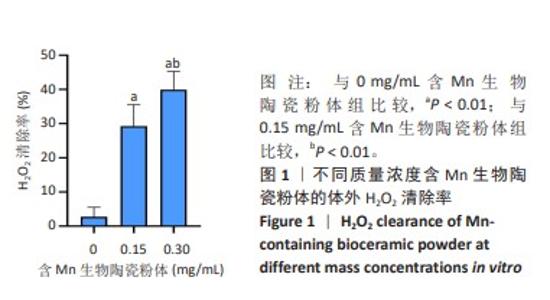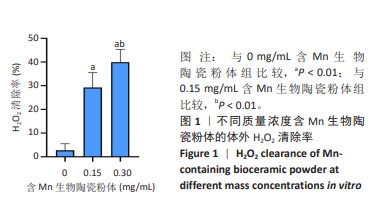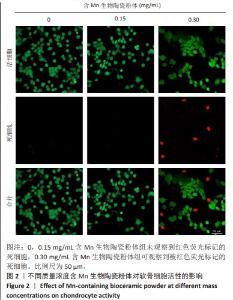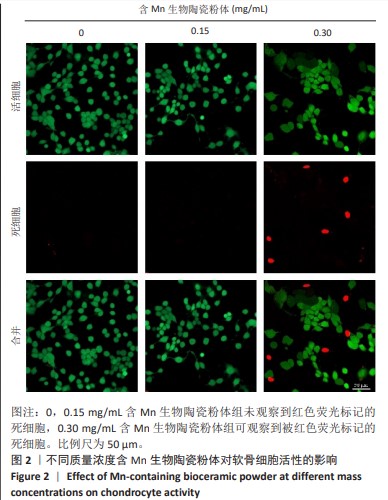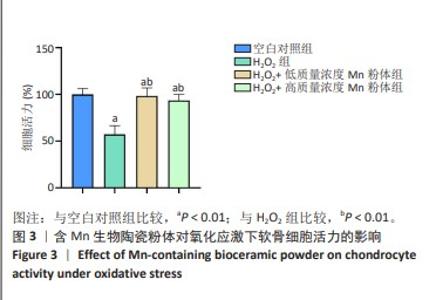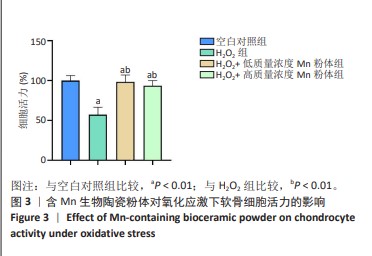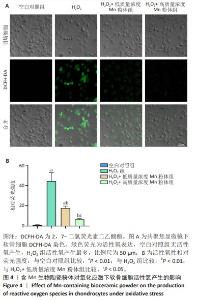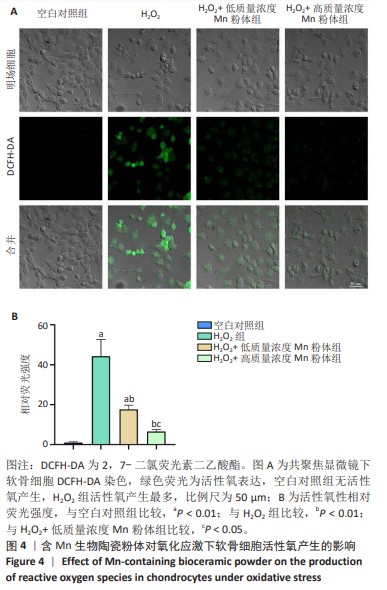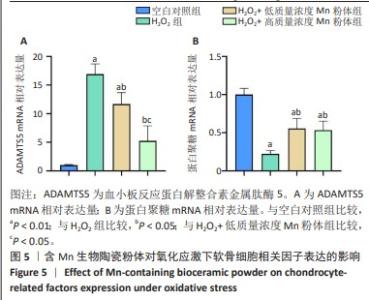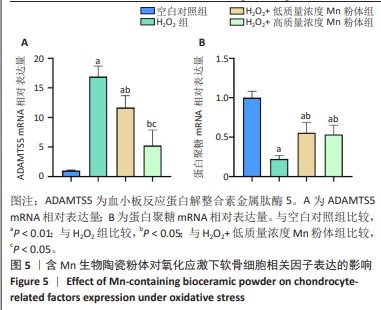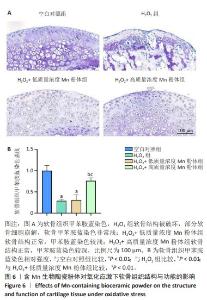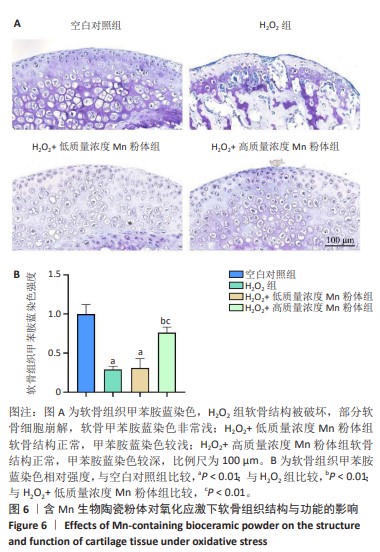[1] GIORGINO R, ALBANO D, FUSCO S, et al. Knee Osteoarthritis: Epidemiology, Pathogenesis, and Mesenchymal Stem Cells: What Else Is New? An Update. Int J Mol Sci. 2023;24(7):6405.
[2] ALLEN KD, THOMA LM, GOLIGHTLY YM. Epidemiology of osteoarthritis. Osteoarthritis Cartilage. 2022;30(2):184-195.
[3] MAHMOUDIAN A, LOHMANDER LS, MOBASHERI A, et al. Early-stage symptomatic osteoarthritis of the knee - time for action. Nat Rev Rheumatol. 2021;17(10):621-632.
[4] HERMANN W, LAMBOVA S, MULLER-LADNER U. Current Treatment Options for Osteoarthritis. Curr Rheumatol Rev. 2018;14(2):108-116.
[5] HAN S. Osteoarthritis year in review 2022: biology. Osteoarthritis Cartilage. 2022;30(12):1575-1582.
[6] ANSARI MY, AHMAD N, HAQQI TM. Oxidative stress and inflammation in osteoarthritis pathogenesis: Role of polyphenols. Biomed Pharmacother. 2020;129:110452.
[7] DUNLAP B, PATTERSON GT, KUMAR S, et al. Vitamin C supplementation for the treatment of osteoarthritis: perspectives on the past, present, and future. Ther Adv Chronic Dis. 2021;12:20406223211047026.
[8] MATHIEU S, SOUBRIER M, PEIRS C, et al. A Meta-Analysis of the Impact of Nutritional Supplementation on Osteoarthritis Symptoms. Nutrients. 2022;14(8):1607.
[9] LINDLER BN, LONG KE, TAYLOR NA, et al. Use of Herbal Medications for Treatment of Osteoarthritis and Rheumatoid Arthritis. Medicines (Basel). 2020;7(11):67.
[10] YUDOH K, SHISHIDO K, MURAYAMA H, et al. Water-soluble C60 fullerene prevents degeneration of articular cartilage in osteoarthritis via down-regulation of chondrocyte catabolic activity and inhibition of cartilage degeneration during disease development. Arthritis Rheum. 2007;56(10):3307-3318.
[11] KIM J, KIM HY, SONG SY, et al. Synergistic Oxygen Generation and Reactive Oxygen Species Scavenging by Manganese Ferrite/Ceria Co-decorated Nanoparticles for Rheumatoid Arthritis Treatment. ACS Nano. 2019;13(3):3206-3217.
[12] HU X, WANG Y, TAN Y, et al. A Difunctional Regeneration Scaffold for Knee Repair based on Aptamer-Directed Cell Recruitment. Adv Mater. 2017;29(15). doi: 10.1002/adma.201605235
[13] KUMAR M, SHARMA V. 3D printed bio-ceramic loaded PEGDA/vitreous carbon composite: Fabrication, characterization, and life cycle assessment. J Mech Behav Biomed Mater. 2023;143:105904.
[14] DENG C, ZHOU Q, ZHANG M, et al. Bioceramic Scaffolds with Antioxidative Functions for ROS Scavenging and Osteochondral Regeneration. Adv Sci (Weinh). 2022;9(12):e2105727.
[15] KUWAHARA M, AKASAKI Y, KURAKAZU I, et al. C10orf10/DEPP activates mitochondrial autophagy and maintains chondrocyte viability in the pathogenesis of osteoarthritis. FASEB J. 2022;36(2):e22145.
[16] CAI J, LIU L F, QIN Z, et al. Natural Morin-Based Metal Organic Framework Nanoenzymes Modulate Articular Cavity Microenvironment to Alleviate Osteoarthritis. Research (Wash D C). 2023;6:0068.
[17] CHEN J, XU W, DAI T, et al. Pioglitazone-Loaded Cartilage-Targeted Nanomicelles (Pio@C-HA-DOs) for Osteoarthritis Treatment. Int J Nanomedicine. 2023;18:5871-5890.
[18] DING DF, XUE Y, WU XC, et al. Recent Advances in Reactive Oxygen Species (ROS)-Responsive Polyfunctional Nanosystems 3.0 for the Treatment of Osteoarthritis. J Inflamm Res. 2022;15:5009-5026.
[19] ZAHAN OM, SERBAN O, GHERMAN C, et al. The evaluation of oxidative stress in osteoarthritis. Med Pharm Rep. 2020;93(1):12-22.
[20] ADAM-VIZI V, CHINOPOULOS C. Bioenergetics and the formation of mitochondrial reactive oxygen species. Trends Pharmacol Sci. 2006; 27(12):639-645.
[21] SQUADRITO GL, PRYOR WA. Oxidative chemistry of nitric oxide: the roles of superoxide, peroxynitrite, and carbon dioxide. Free Radic Biol Med. 1998;25(4-5):392-403.
[22] LIU L, LUO P, YANG M, et al. The role of oxidative stress in the development of knee osteoarthritis: A comprehensive research review. Front Mol Biosci. 2022;9:1001212.
[23] LEPETSOS P, PAPAVASSILIOU AG. ROS/oxidative stress signaling in osteoarthritis. Biochim Biophys Acta. 2016;1862(4):576-591.
[24] MCCORD JM, EDEAS MA. SOD, oxidative stress and human pathologies: a brief history and a future vision. Biomed Pharmacother. 2005;59(4): 139-142.
[25] GUI T, LUO L, CHHAY B, et al. Superoxide dismutase-loaded porous polymersomes as highly efficient antioxidant nanoparticles targeting synovium for osteoarthritis therapy. Biomaterials. 2022;283:121437.
[26] WANG BW, JIANG Y, YAO ZL, et al. Aucubin Protects Chondrocytes Against IL-1β-Induced Apoptosis In Vitro And Inhibits Osteoarthritis In Mice Model. Drug Des Devel Ther. 2019;13:3529-3538.
[27] FENG K, CHEN Z, PENGCHENG L, et al. Quercetin attenuates oxidative stress-induced apoptosis via SIRT1/AMPK-mediated inhibition of ER stress in rat chondrocytes and prevents the progression of osteoarthritis in a rat model. J Cell Physiol. 2019;234(10):18192-18205.
[28] ZHANG Y, LIU T, YANG H, et al. Melatonin: A novel candidate for the treatment of osteoarthritis. Ageing Res Rev. 2022;78:101635.
[29] CANTER PH, WIDER B, ERNST E. The antioxidant vitamins A, C, E and selenium in the treatment of arthritis: a systematic review of randomized clinical trials. Rheumatology (Oxford). 2007;46(8):1223-1233.
[30] ZELKO IN, MARIANI TJ, FOLZ RJ. Superoxide dismutase multigene family: a comparison of the CuZn-SOD (SOD1), Mn-SOD (SOD2), and EC-SOD (SOD3) gene structures, evolution, and expression. Free Radic Biol Med. 2002;33(3):337-349.
[31] SHENG J, WU Y, DING H, et al. Multienzyme-Like Nanozymes: Regulation, Rational Design, and Application. Adv Mater. 2024;36(10):e2211210.
[32] O’NEAL SL, ZHENG W. Manganese Toxicity Upon Overexposure: a Decade in Review. Curr Environ Health Rep. 2015;2(3):315-328.
[33] XIAO M, ZHANG L, LUO B, et al. Molten-Salt-Mediated Synthesis of an Atomic Nickel Co-catalyst on TiO(2) for Improved Photocatalytic H(2) Evolution. Angew Chem Int Ed Engl. 2020;59(18):7230-7234.
[34] WANG Y, LI L, SHEN M, et al. Simple One-Step Molten Salt Method for Synthesizing Highly Efficient MXene-Supported Pt Nanoalloy Electrocatalysts. Adv Sci (Weinh). 2023;10(33):e2303693.
[35] QIN Z, ZHANG Y, LUO W, et al. A Universal Molten Salt Method for Direct Upcycling of Spent Ni-rich Cathode towards Single-crystalline Li-rich Cathode. Angew Chem Int Ed Engl. 2023;62(25):e202218672.
[36] JIANG X, GRAY P, PATEL M, et al. Crossover between anti- and pro-oxidant activities of different manganese oxide nanoparticles and their biological implications. J Mater Chem B. 2020;8(6):1191-1201.
[37] YAO J, CHENG Y, ZHOU M, et al. ROS scavenging Mn3O4 nanozymes for in vivo anti-inflammation. Chem Sci. 2018;9(11):2927-2933.
[38] HORVÁTH E, SÓLYOM Á, SZÉKELY J, et al. Inflammatory and Metabolic Signaling Interfaces of the Hypertrophic and Senescent Chondrocyte Phenotypes Associated with Osteoarthritis. Int J Mol Sci. 2023;24(22):16468.
[39] JIANG L, LIN J, ZHAO S, et al. ADAMTS5 in Osteoarthritis: Biological Functions, Regulatory Network, and Potential Targeting Therapies. Front Mol Biosci. 2021;8:703110.
[40] WONG XY, SENA-TORRALBA A, ÁLVAREZ-DIDUK R, et al. Nanomaterials for Nanotheranostics: Tuning Their Properties According to Disease Needs. ACS Nano. 2020;14(3):2585-2627.
[41] ZHANG S, WANG L, KANG Y, et al. Nanomaterial-based reactive oxygen species scavengers for osteoarthritis therapy. Acta Biomater. 2023;162:1-19.
[42] REINERT JP, FORBES LD. Manganese Toxicity Associated With Total Parenteral Nutrition: A Review. J Pharm Technol. 2021;37(5):260-266.
[43] LI W, LIU Z, LIU C, et al. Manganese Dioxide Nanozymes as Responsive Cytoprotective Shells for Individual Living Cell Encapsulation. Angew Chem Int Ed Engl. 2017;56(44):13661-13665. |
